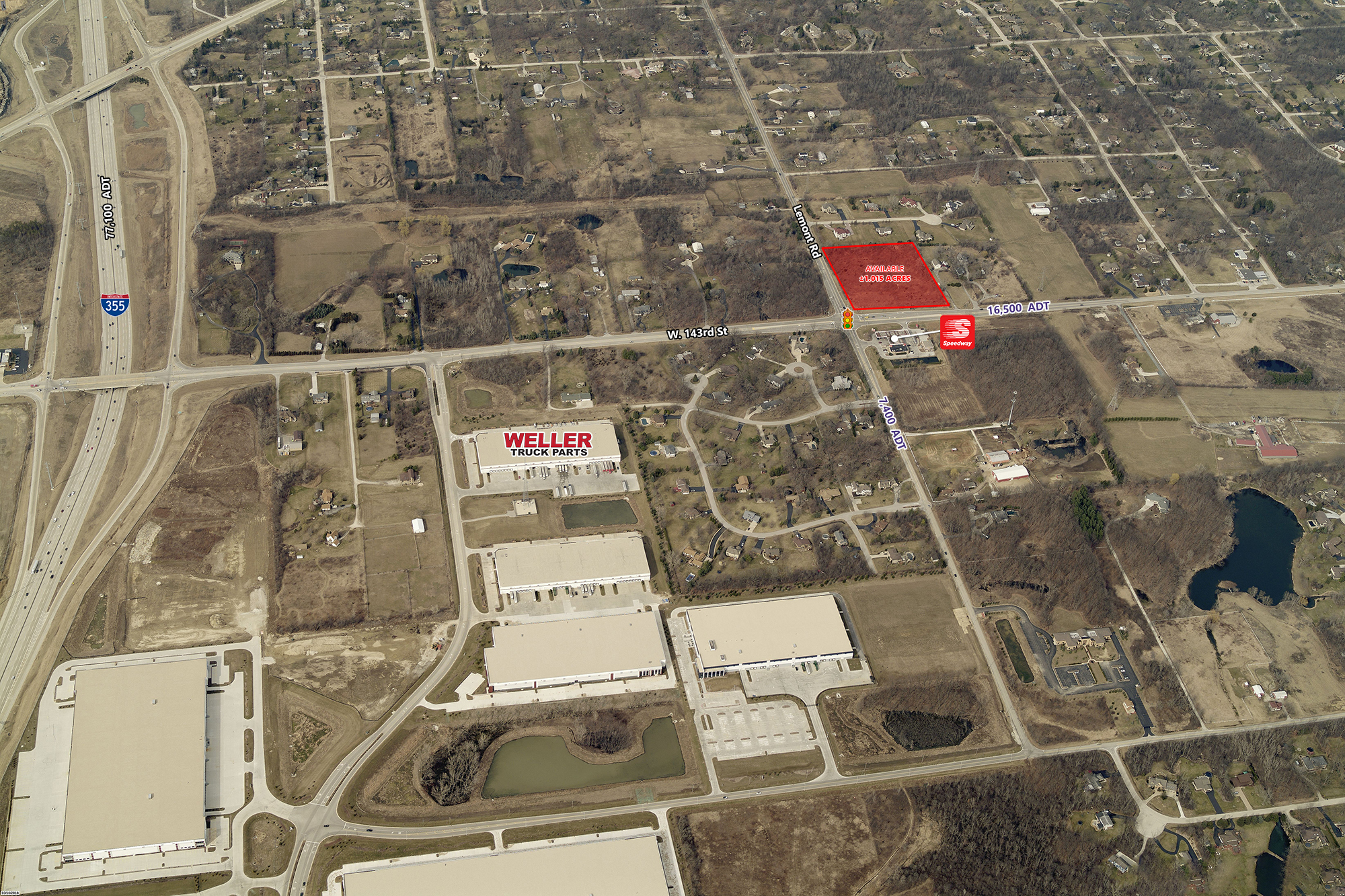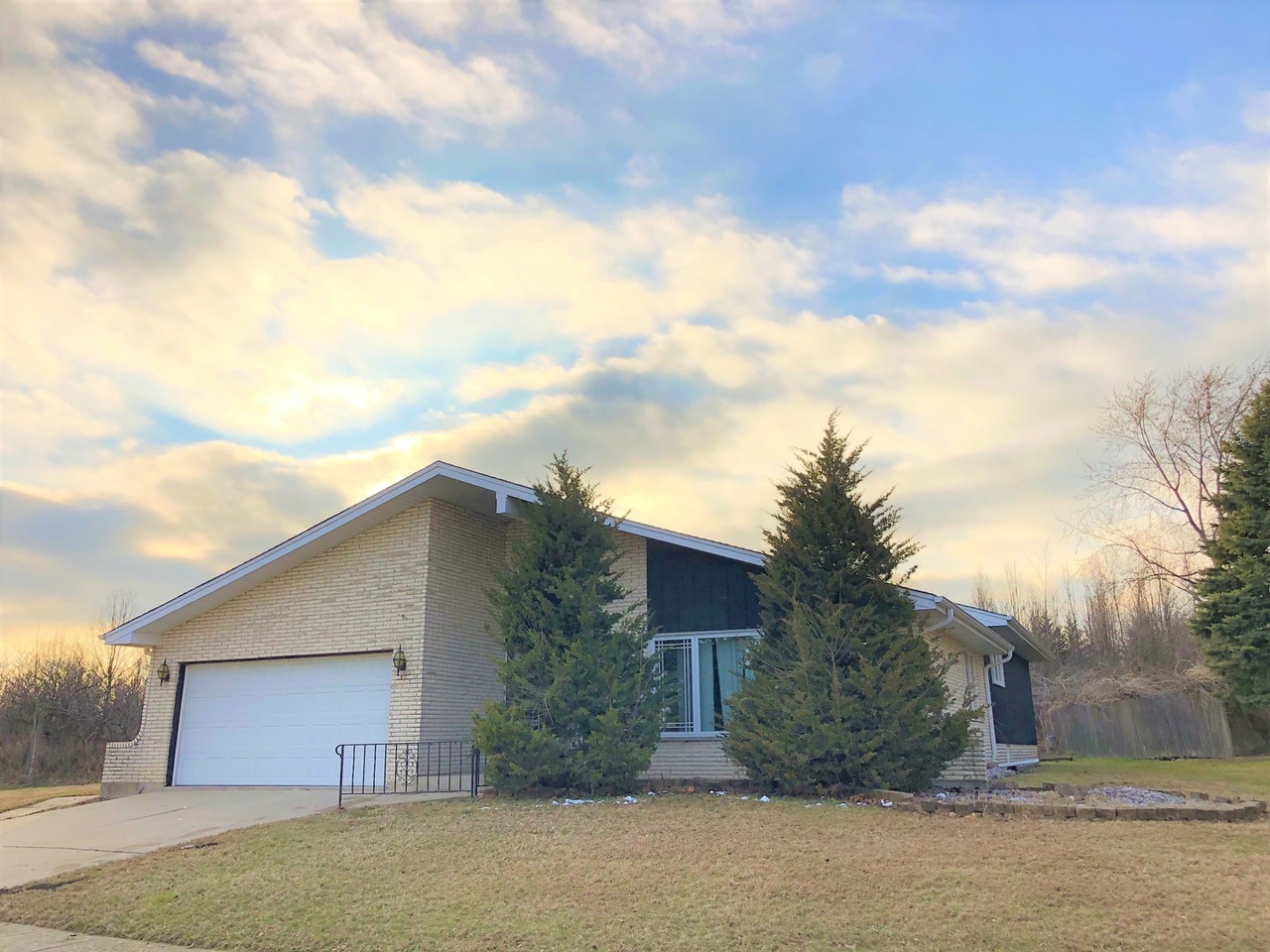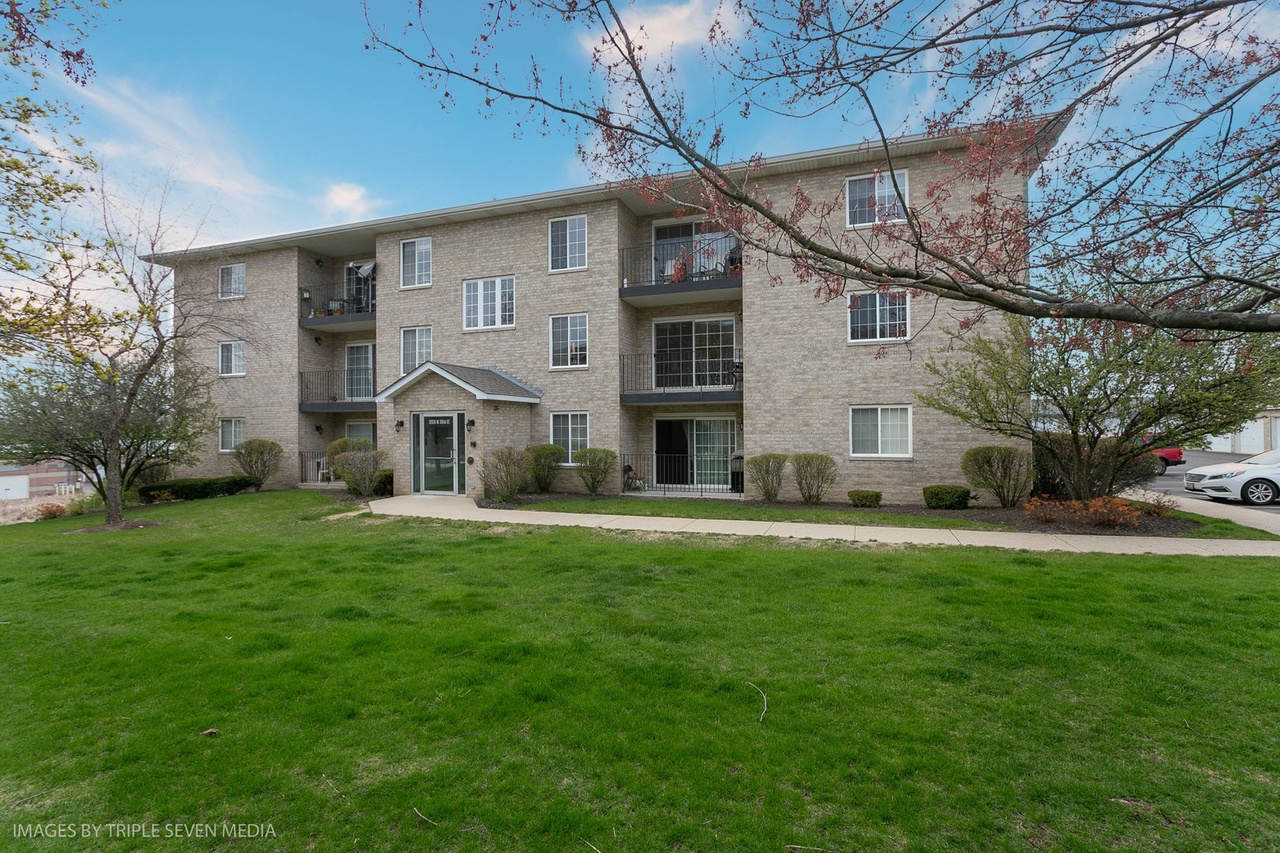Table of Content
Although Hesse did well during the first months, writing in a letter that he particularly enjoyed writing essays and translating classic Greek poetry into German, his time in Maulbronn was the beginning of a serious personal crisis. In March 1892, Hesse showed his rebellious character, and, in one instance, he fled from the Seminary and was found in a field a day later. Hesse began a journey through various institutions and schools and experienced intense conflicts with his parents. In May, after an attempt at suicide, he spent time at an institution in Bad Boll under the care of theologian and minister Christoph Friedrich Blumhardt.

Later, he was placed in a mental institution in Stetten im Remstal, and then a boys' institution in Basel. At the end of 1892, he attended the Gymnasium in Cannstatt, now part of Stuttgart. The same year, he began spending time with older companions and took up drinking and smoking. An authorised translation of Siddhartha was published in the Malayalam language in 1990, the language that surrounded Hesse's grandfather, Hermann Gundert, for most of his life.
Location & Hours
His father, Hesse stated, "always seemed like a very polite, very foreign, lonely, little-understood guest". His father's tales from Estonia instilled a contrasting sense of religion in young Hermann. I understand that information I choose to enter into this website, including my name, phone number, and location may be stored, publicly available, and searchable on this website. I understand that I have the ability to change or remove this information at any time. Fill out the following form to request more information on becoming a sponsor of this listing. According to Hesse, he "survived the years of the Hitler regime and the Second World War through the eleven years of work that spent on ".

By 1898, Hesse had a respectable income that enabled financial independence from his parents. During this time, he concentrated on the works of the German Romantics, including much of the work of Clemens Brentano, Joseph Freiherr von Eichendorff, Friedrich Hölderlin, and Novalis. In letters to his parents, he expressed a belief that "the morality of artists is replaced by aesthetics". Below, we will show you some data exposing the mass times at St Bernard’s Church, with different schedules, both mornings and evenings of the Catholic Church.
Frequently Asked Questions about St. Bernard Catholic Church
His next major works, Kurgast and The Nuremberg Trip , were autobiographical narratives with ironic undertones and foreshadowed Hesse's following novel, Steppenwolf, which was published in 1927. In the year of his 50th birthday, the first biography of Hesse appeared, written by his friend Hugo Ball. Shortly after his new successful novel, he turned away from the solitude of Steppenwolf and started a cohabitation with art historian Ninon Dolbin, née Ausländer. This change to companionship was reflected in the novel Narcissus and Goldmund, appearing in 1930. Hesse grew up in a Swabian Pietist household, with the Pietist tendency to insulate believers into small, deeply thoughtful groups. Furthermore, Hesse described his father's Baltic German heritage as "an important and potent fact" of his developing identity.

Founded by John Lion, the Magic Theatre has fulfilled that mission for many years, including the world premieres of many plays by Sam Shepard. In the 1950s, Hesse's popularity began to wane, while literature critics and intellectuals turned their attention to other subjects. In 1955, the sales of Hesse's books by his publisher Suhrkamp reached an all-time low. However, after Hesse's death in 1962, posthumously published writings, including letters and previously unknown pieces of prose, contributed to a new level of understanding and appreciation of his works.
Becoming a writer
It aims to bring out authentic translations of Siddhartha in all Indian languages and has already prepared the Sanskrit,Malayalam and Hindi translations of Siddhartha. One enduring monument to Hesse's lasting popularity in the United States is the Magic Theatre in San Francisco. Referring to "The Magic Theatre for Madmen Only" in Steppenwolf , the Magic Theatre was founded in 1967 to perform works by new playwrights.

In 1924, Hesse married the singer Ruth Wenger, the daughter of the Swiss writer Lisa Wenger and aunt of Méret Oppenheim. In 1933, Bertolt Brecht and Thomas Mann made their travels into exile, each aided by Hesse. In this way, Hesse attempted to work against Hitler's suppression of art and literature that protested Nazi ideology. Hesse's third wife was Jewish, and he had publicly expressed his opposition to anti-Semitism long before then.
In 1900, Hesse was exempted from compulsory military service due to an eye condition. This, along with nerve disorders and persistent headaches, affected him his entire life. On 17 October 1895, Hesse began working in the bookshop in Tübingen, which had a specialized collection in theology, philology, and law.

In 1931, Hesse left the Casa Camuzzi and moved with Ninon to a larger house, also near Montagnola, which was built for him to use for the rest of his life, by his friend and patron Hans C. Bodmer. In the same year, Hesse formally married Ninon, and began planning what would become his last major work, The Glass Bead Game (a.k.a. Magister Ludi). In 1932, as a preliminary study, he released the novella Journey to the East.
He occupied a small farm house near Minusio , living from 25 April to 11 May in Sorengo. On 11 May, he moved to the town Montagnola and rented four small rooms in a castle-like building, the Casa Camuzzi. Here, he explored his writing projects further; he began to paint, an activity reflected in his next major story, "Klingsor's Last Summer", published in 1920. This new beginning in different surroundings brought him happiness, and Hesse later called his first year in Ticino "the fullest, most prolific, most industrious and most passionate time of my life". In 1922, Hesse's novella Siddhartha appeared, which showed the love for Indian culture and Buddhist philosophy that had already developed earlier in his life.
In the late 1930s, German journals stopped publishing Hesse's work, and the Nazis eventually banned it. Having realised he could make a living as a writer, Hesse finally married Maria Bernoulli (of the famous family of mathematicians) in 1904, while her father, who disapproved of their relationship, was away for the weekend. The couple settled down in Gaienhofen on Lake Constance, and began a family, eventually having three sons.
His family background became, he noted, "the basis of an isolation and a resistance to any sort of nationalism that so defined my life". Hermann Karl Hesse was born on 2 July 1877 in the Black Forest town of Calw in Württemberg, German Empire. His grandparents served in India at a mission under the auspices of the Basel Mission, a Protestant Christian missionary society. His grandfather Hermann Gundert compiled a Malayalam grammar and a Malayalam-English dictionary, and also contributed to a translation of the Bible into Malayalam in South India.

By the time Hesse returned to civilian life in 1919, his marriage had fallen apart. His wife had a severe episode of psychosis, but, even after her recovery, Hesse saw no possible future with her. Their home in Bern was divided, their children were accommodated in boarding houses and by relatives, and Hesse resettled alone in the middle of April in Ticino.

No comments:
Post a Comment